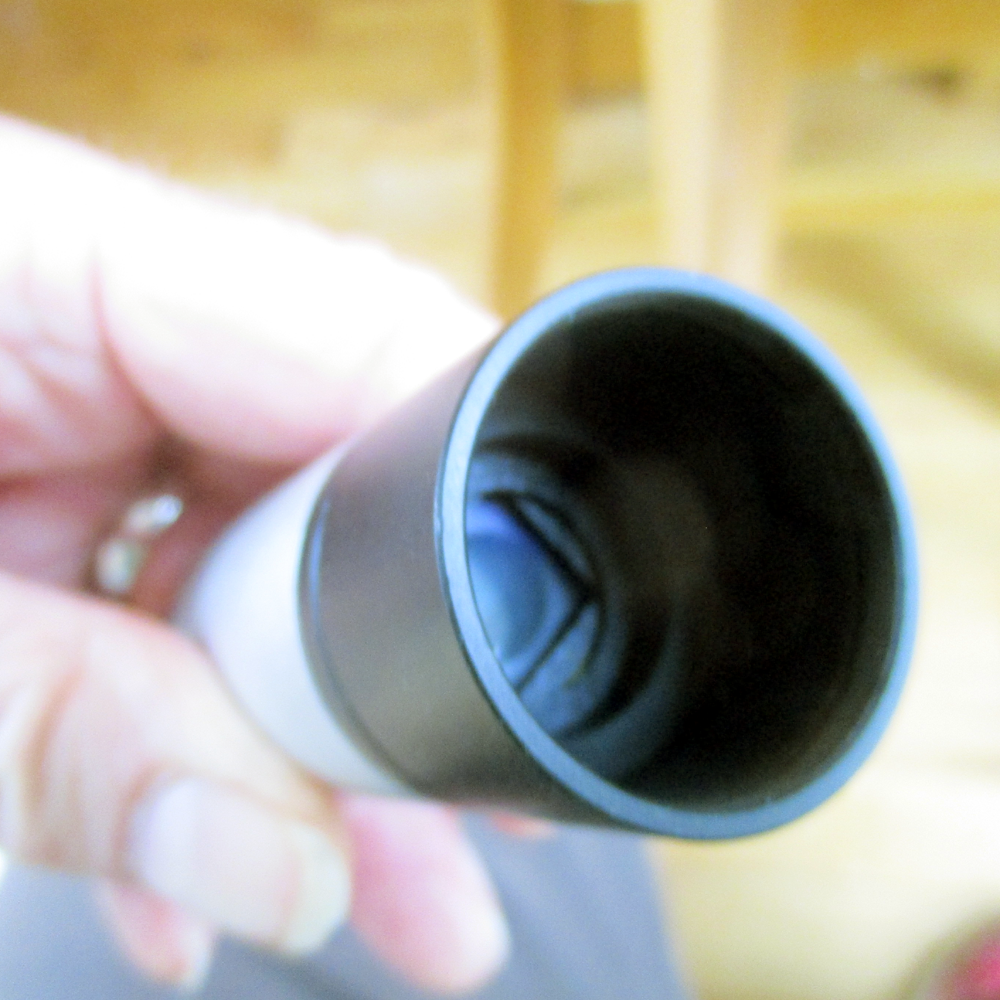Very low resolution spectroscopy using stuff I have in my shed
This has been a long time in gestation - first I built the 3d printer from a kit my son gave me for Christmas 2018, then I had to pluck up the courage to turn it on. The whirring and flashing lights are all a bit much for a man more accustomed to using Crayola 'chubby' crayons than digital vernier calipers. Then I had to get my head round Sketch-Up, Netfabb, Repetier Host , Slicer3 and how to stop molten filament from blocking up a very small hole in a very hot bit of metal.
In my shed I have some 500lines/mm holographic film and a QHY5L-ii mono camera and three telescopes of varying focal length and aperture. Having read a lot of good stuff on SGL from people with much spectrum gathering and processing experience and having read Jeffrey L Hopkins book 'Using Commercial Amateur Astronomical Spectrographs' several times, I realised that I had the basics for making a very low resolution 'slit-less' spectrometer. Because the grating had so many lines /mm I had to get the grating pretty close to the imaging chip in order that the zero and first order spectrum would fit on the long axis. Having crunched the numbers I worked out that if I could print a thin cell to hold the grating this could be sandwiched between camera and its nosepiece without any un-reversible changes having to be made to the camera. So the game was on Watson!
Once it was all put together and attached to my 66mm Altair Lightwave on a Star Adventurer Mount I pointed it at Castor as it was fairly high up, quite bright and a class A star albeit multiple. I was going to use VSpec as it is free and I had managed to use it some years ago but for some reason unknown to me it would not load on my new Windows 10 laptop. It kept trying to link with a chess database on my machine so probably a dll file issue above my pay grade. So I decided to download the RSpec software 30 day trial. This software is not that easy for an old bloke like me to grasp but considerably easier than VSpec. After a lot of pressed buttons and repeated views of the tutorial videos I think I managed to acquire an ok calibrated and Instrument Response adjusted low res profile of Castor. I attach an image of the result.
Whilst I was processing the data I noticed that the zero order showed twin peaks which confused me for a while. Originally I thought this was just a processing artifact. Then it occurred to me that Castor is a multiple star system with two class A stars of roughly equal magnitude and although my little refractor could not split them visually perhaps spectrally it could? Probably deluding myself!
Anyway this little but drawn out project and 'Covid Lockdown' have kept me out of pubs!
George next the Sea
-
 3
3










0 Comments
Recommended Comments
There are no comments to display.
Create an account or sign in to comment
You need to be a member in order to leave a comment
Create an account
Sign up for a new account in our community. It's easy!
Register a new accountSign in
Already have an account? Sign in here.
Sign In Now